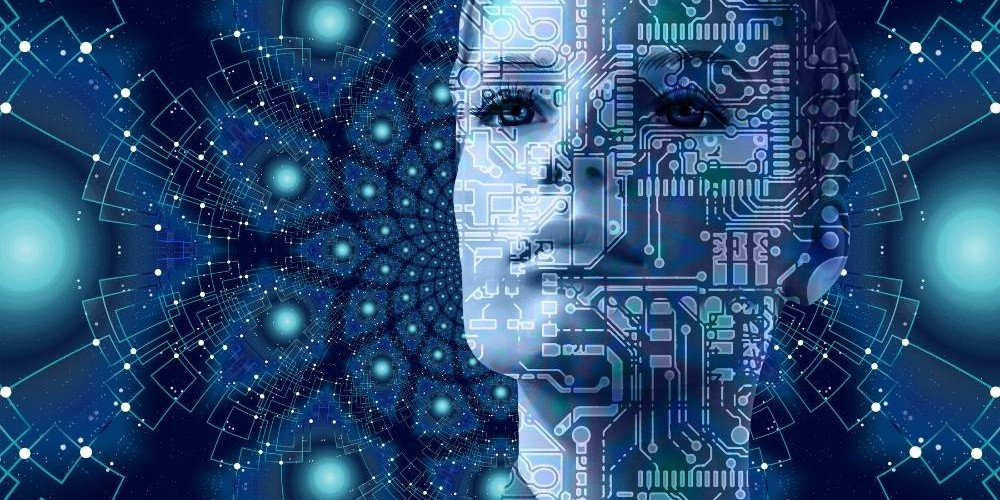Stay informed. Stay inspired. Stay ahead.
Global Trends & Insights That Shape Our World
At Sam News, we go beyond headlines to deliver thoughtful perspectives and insights on the trends shaping tomorrow. From technology and innovation to lifestyle and culture, our platform is built for curious minds who want more than just the news they want meaning.
Beyond Headlines
Why Global Trends Matter
The world is moving faster than ever. Technology evolves overnight, social values shift, and global challenges redefine the way we live and work. By paying attention to emerging trends, we can see not only where we are today but also where we might be headed tomorrow. At Sam News, we break down these complex developments into clear, accessible insights that matter.
Exploring the forces that shape modern life
What You’ll Discover
Our coverage spans across diverse topics, offering a holistic view of the world around us:

Technology & Innovation
Discover how breakthroughs in AI, green energy, and digital transformation are reshaping industries.

Society & Culture
Explore shifting cultural norms, values, and creative movements that influence the way we live.

Business & Economy
Gain perspective on evolving markets, global trade and the future of work.

Lifestyle & Wellbeing
Learn practical approaches to wellness, sustainability and personal growth.
Each article is designed to be both informative and thought-provoking, sparking ideas that extend beyond the page.
Insights with depth and clarity
A Resource for Curious Minds
Information is everywhere, but true insight is rare. We believe content should do more than fill space, it should empower. Our mission is to create content that clarifies, inspires, and equips you with knowledge you can use in your daily life. Whether you’re a student, professional, entrepreneur, or lifelong learner, Sam News offers a space to grow your perspective.
“Information is everywhere, but insight is what truly empowers us.”
Explore, Learn, Share
Be Part of Smarter Conversations
The future is shaped by shared ideas. At Sam News, we invite you to stay connected, join discussions, and explore the topics that will define our world in the years to come. By engaging with insights that matter, you become part of a movement toward smarter, more meaningful conversations.

Cutting through noise, amplifying meaning
Our Mission
In today’s digital world, it’s easy to get lost in a flood of information. That’s why Sam News focuses on what truly matters, offering context behind headlines, exploring global trends, and sharing perspectives that spark new ways of thinking. Our content isn’t about chasing clicks; it’s about building understanding and creating lasting value for our readers.
Society is constantly evolving, and with it, the way businesses operate and…
Modern life is in constant flux, shaped by the intersection of technology and…
The workplace is undergoing one of the most significant transformations in…
Stay Updated
 © 2025 Sam News. All rights reserved.
© 2025 Sam News. All rights reserved.



